Hysteresis In Materials
Understanding Hysteresis
Hysteresis is a phenomenon whereby the state of a system depends on its history. This behaviour is frequently observed in magnetic materials, mechanical systems and biological processes. In such systems, the response to an external stimulus is influenced by previous states.
Types of Hysteresis
Depending on the system and context, hysteresis can be classified into various types. The primary types are as follows:
lMagnetic Hysteresis: It occurs in ferromagnetic materials, where the magnetisation depends on the history of the applied magnetic field.
lMechanical Hysteresis: Observed in materials that exhibit energy loss under cyclic loading, for instance, rubber and metals.
lThermal Hysteresis: Pertains to systems in which temperature changes depend on the thermal history, frequently encountered in phase‐change materials.
lElectrical Hysteresis: Occurs in electrical systems such as capacitors and inductors, where voltage and current are influenced by previous states.
Examples of Hysteresis
Hysteresis is observed in various fields, which indicates its quantitative effects:
lMagnetic Hysteresis: The magnetisation curve of iron exhibits hysteresis, which is significant for the development of magnetic storage devices.
lThermostats: Hysteresis prevents rapid switching by establishing a temperature range for the activation and deactivation of heating or cooling systems.
lElastic Materials: Rubber bands exhibit hysteresis when stretched and released, resulting in energy dissipation.
Hysteresis in Various Systems
The table below summarises the different types of hysteresis and their examples:
|
Type of Hysteresis |
Description |
Example |
|
Magnetic Hysteresis |
Dependence of magnetisation on the course of the applied field |
Magnetisation curve of iron |
|
Mechanical Hysteresis |
Energy loss under cyclic loading |
Elasticity of rubber |
|
Thermal Hysteresis |
Temperature dependence on thermal history |
Phase‐change materials |
|
Electrical Hysteresis |
Voltage and current depend on past states |
Capacitors in electrical circuits |
Further details can be found at Stanford Advanced Materials (SAM).
Applications of Hysteresis
- Permanent Magnets: Ensure a high remanence and coercivity for sustained magnetisation.
- Magnetic Data Storage: Enables data retention on hard drives through remanent magnetisation.
- Transformers and Inductors: Utilised to analyse core losses during magnetisation cycles.
- Sensors and Actuators: Employed in magnetic sensors and position detectors.
- Ferroelectric Materials: Applied in non‐volatile memory (FeRAM).
- Control Systems: Utilised to prevent rapid switching in thermostats and motor controllers.
- Shape Memory Alloys: Used in actuators and medical devices for maintaining shape.
- Biosensors: Detect changes in biological properties via magnetic or electrical fields.
Frequently Asked Questions
What is hysteresis in simple terms?
Hysteresis means that the present state of a system is influenced by its previous states as well as the current inputs.
Where can hysteresis be observed in everyday life?
Examples include thermostats that regulate domestic heating, rubber bands that return towards their original shape after stretching and magnetic materials in electronic devices.
Why is hysteresis important in technology?
Understanding hysteresis aids in developing systems that can manage energy losses, maintain stability and operate efficiently under varying conditions.
Can hysteresis occur in biological systems?
Yes, hysteresis occurs in biological processes such as muscle contraction and specific cellular responses.
How is hysteresis measured in materials?
Hysteresis is typically measured by subjecting a material to cyclic loading or unloading of forces or fields, whereby a delay between the input and output responses is observed.

 Bars
Bars
 Beads & Spheres
Beads & Spheres
 Bolts & Nuts
Bolts & Nuts
 Crucibles
Crucibles
 Discs
Discs
 Fibers & Fabrics
Fibers & Fabrics
 Films
Films
 Flake
Flake
 Foams
Foams
 Foil
Foil
 Granules
Granules
 Honeycombs
Honeycombs
 Ink
Ink
 Laminate
Laminate
 Lumps
Lumps
 Meshes
Meshes
 Metallised Film
Metallised Film
 Plate
Plate
 Powders
Powders
 Rod
Rod
 Sheets
Sheets
 Single Crystals
Single Crystals
 Sputtering Target
Sputtering Target
 Tubes
Tubes
 Washer
Washer
 Wires
Wires
 Converters & Calculators
Converters & Calculators
 Write for Us
Write for Us
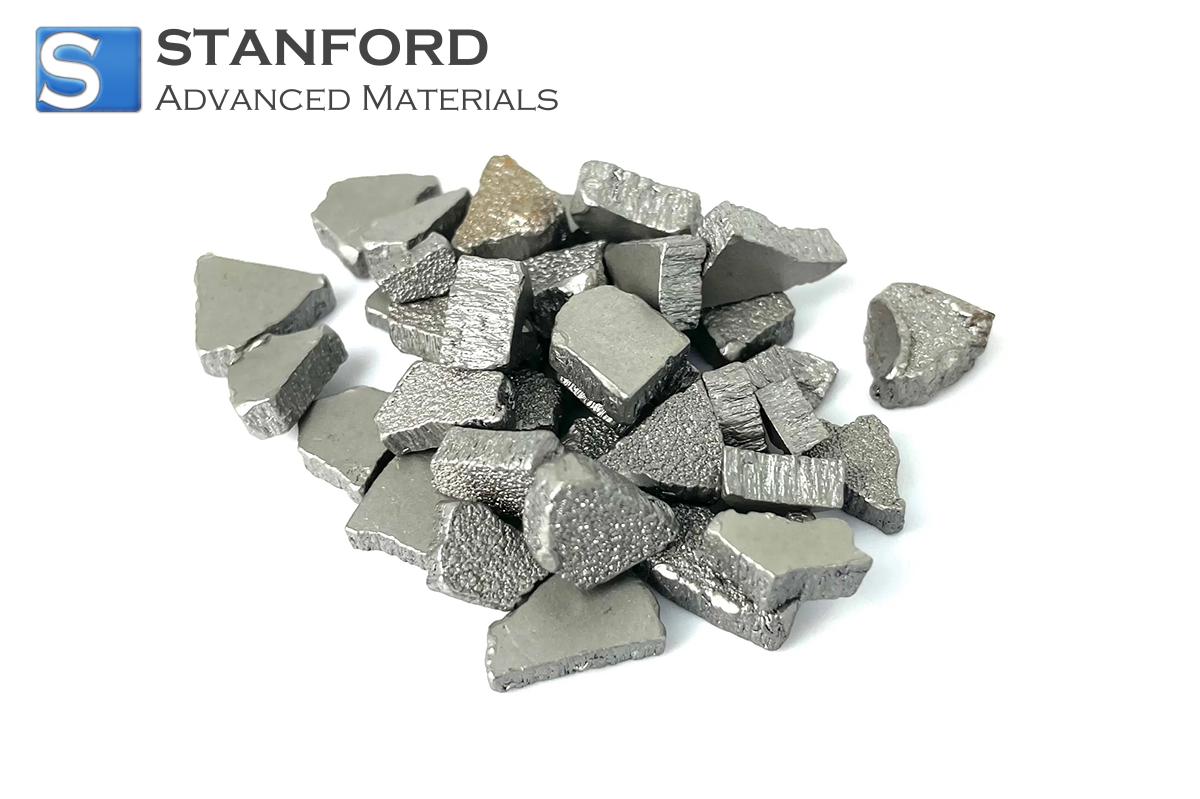
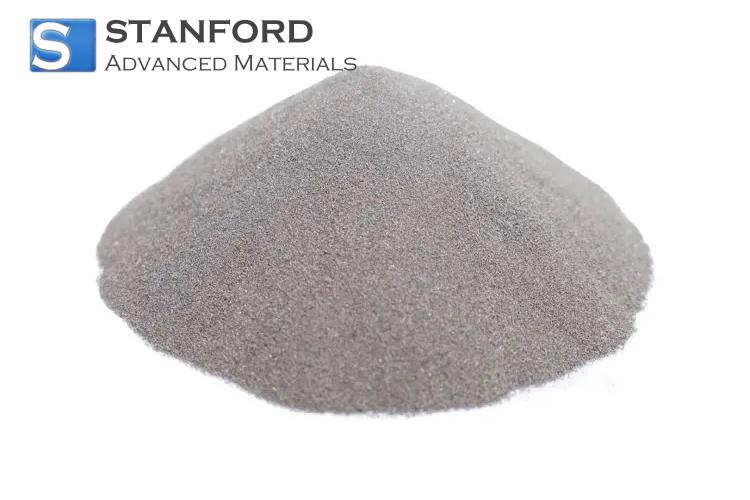
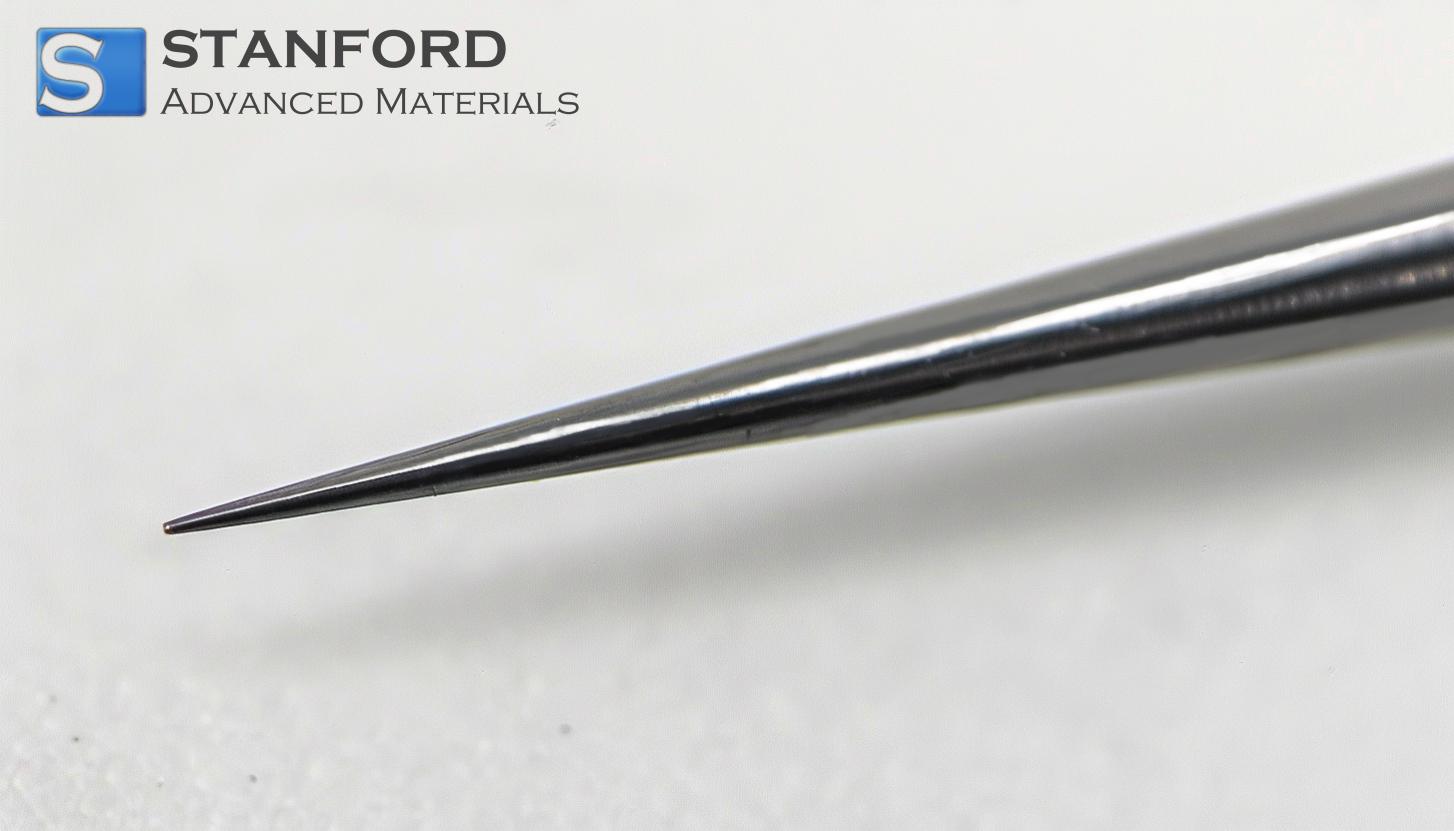
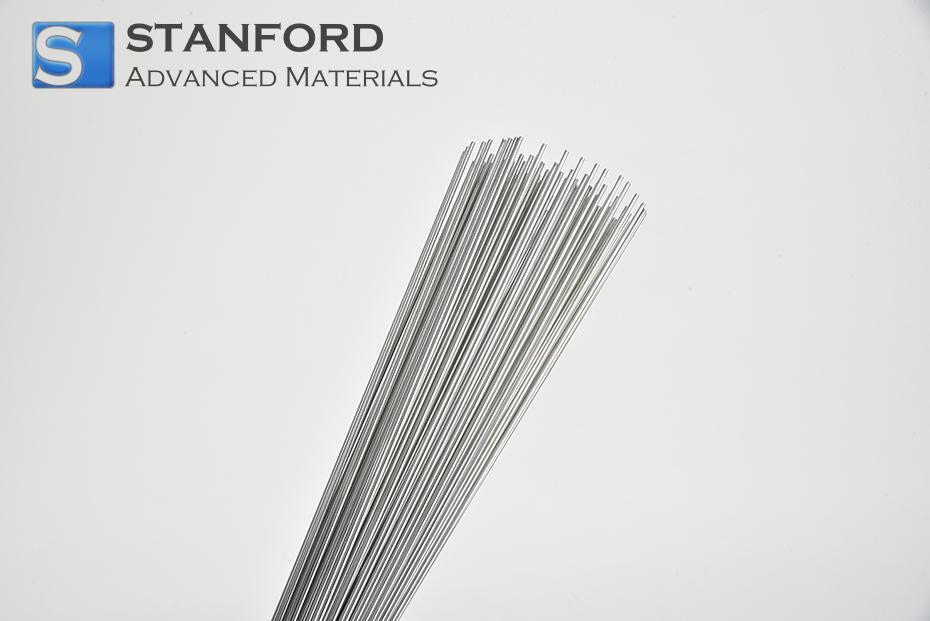
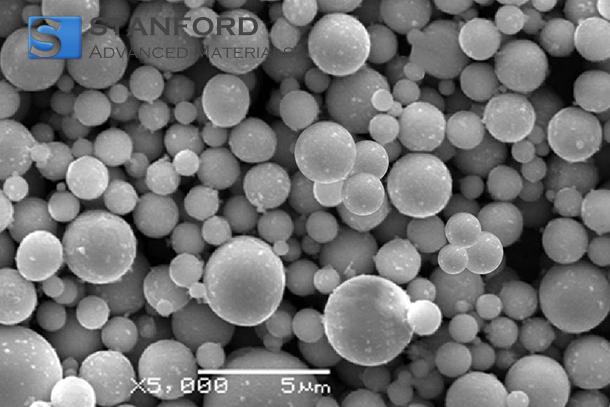
 Chin Trento
Chin Trento



